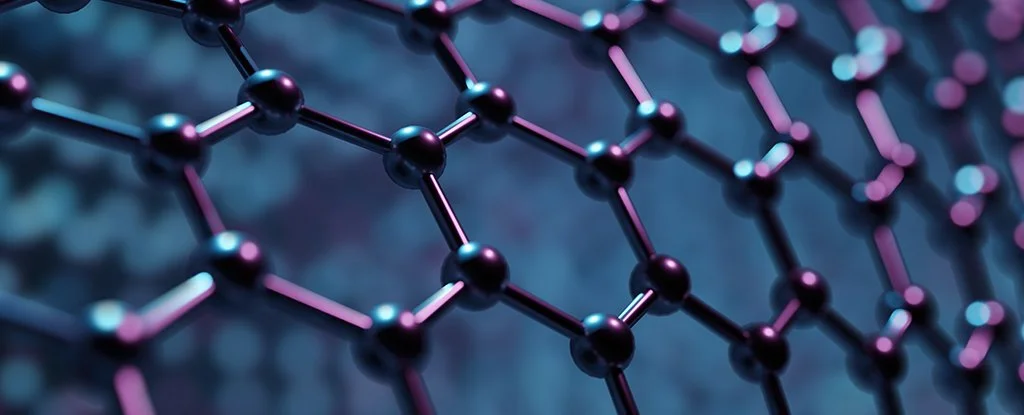Graphene is a single layer of carbon atoms arranged in a two-dimensional honeycomb lattice. It is the basic structural component of other carbon allotropes such as graphite, carbon nanotubes, and fullerenes. Graphene is notable for its exceptional properties:
- Strength: It is one of the strongest materials known, about 200 times stronger than steel.
- Electrical Conductivity: Graphene is an excellent conductor of electricity, making it ideal for electronic and energy applications.
- Thermal Conductivity: It has very high thermal conductivity, meaning it can efficiently transfer heat.
- Flexibility: Despite its strength, graphene is also flexible and stretchable.
- Transparency: It is nearly transparent, allowing light to pass through, making it useful in potential applications like transparent electronics and touch screens.
Graphene has a wide range of potential applications, including in energy storage (batteries and supercapacitors), electronics (transistors, sensors), and advanced materials (composites, coatings). Its discovery in 2004 by scientists Andre Geim and Konstantin Novoselov won them the Nobel Prize in Physics in 2010.
Graphene uses in medicine
Graphene has promising applications in medicine, thanks to its unique properties such as high surface area, biocompatibility, and the ability to interact with biological systems. Some of the key uses of graphene in medicine include:
- Drug Delivery: Graphene oxide (GO) and other graphene derivatives can be used as carriers for delivering drugs to specific parts of the body. Due to their high surface area, they can load a large number of drug molecules and release them in a controlled manner, improving the effectiveness and reducing side effects.
- Cancer Treatment: Graphene-based materials can be used in cancer therapy, such as targeted drug delivery to cancer cells. Graphene’s ability to absorb light makes it useful in photothermal therapy, where graphene nanoparticles are heated by infrared light and destroy cancer cells.
- Biosensors: Graphene’s conductivity makes it an excellent material for creating biosensors that can detect biomarkers for diseases. These sensors are highly sensitive and can detect very low concentrations of biomolecules, enabling early disease detection.
- Tissue Engineering: Graphene can be used as a scaffold material in tissue engineering. It can support the growth of cells and tissues, making it a potential candidate for regenerating damaged organs or tissues.
- Antimicrobial Applications: Graphene oxide has shown antibacterial properties and can be used in wound dressings or implants to prevent infection. Its ability to disrupt bacterial membranes helps it act as an antimicrobial agent.
- Bioimaging and Diagnostics: Graphene oxide can enhance imaging techniques such as magnetic resonance imaging (MRI) and fluorescence imaging, making it easier to visualize tissues and organs in medical diagnostics.
- Gene Delivery: Graphene can be modified to carry genetic material such as DNA or RNA, allowing for gene therapy applications. It could help in delivering genes to specific cells to treat genetic disorders.
- Wound Healing: Graphene-based materials are being explored for use in wound healing due to their ability to promote cell growth and tissue regeneration, accelerating recovery processes.
Overall, while research is still ongoing, the versatility of graphene offers great potential for various medical applications, particularly in areas of drug delivery, diagnostics, and tissue regeneration.


